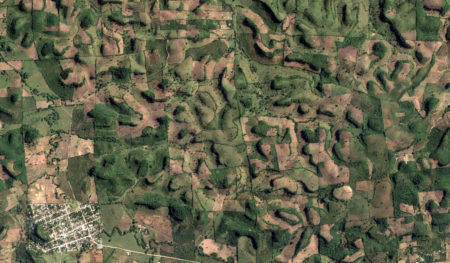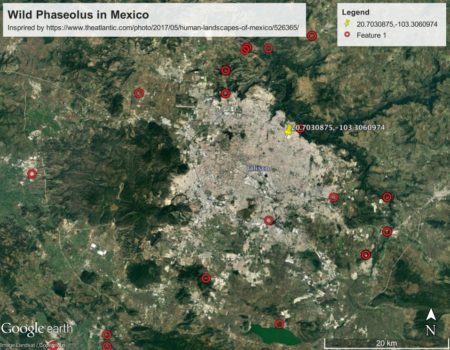A federal jury has ruled in favor of the University of California in its lawsuit with two former UC Davis strawberry breeders and the private breeding company they created with UC-owned plants. A separate jury is expected to decide issues related to damages at a later time.
About time. It’s been quite a ride.

